There have been five mass extinctions recorded in Earth’s geological record thus far. Some scientists posit that due to human activity and changes to climate and carbon dioxide levels, the Earth and its current inhabitants are in the midst of or at least poised on the brink of a sixth. Because of this possibility, researchers often look to the past to see what caused previous mass extinctions in order to understand what could be in store for life on Earth at this time. The most recent information gleaned from geology tells scientists that microbes, one of the tiniest and earliest life forms on the planet, have a few things to teach humanity about carbon, the environment and mass extinctions.
A mass extinction is a period in which unusual numbers of organisms die out all at once or in a relatively short period of time, altering ecosystems and the course of life on the planet. The first mass extinction in Earth’s geological record occurred 443 million years ago when most life on the planet was still in the oceans. Called the Ordovician-Silurian Extinction because it ended the former era and began the latter, it had two peaks and was the third largest mass extinction on record. In this period, 85 percent of life in the oceans died out. Most researchers believe an Ice Age set this event in motion by changing the chemistry of the oceans.
The second mass extinction occurred approximately 359 million years ago during the late Devonian era. In this event, 75 percent of life on the planet died out over a period of several million years in a series of chain-reacting extinctions, leaving most of the ocean without oxygen and fit only for bacterial life, and devastating early forms of coral. Corals did not re-form in the oceans for another 100 million years. The cause of this mass extinction has not yet been determined, though many theories have been floated.
 The third mass extinction, the Permian around 248 million years ago, was the largest, involving a loss of 96 percent of all species that lived at the time and leaving only four percent to evolve into the life known on Earth today. This extinction also occurred in two peaks, spread out over millions of years in a chain reacting series which destroyed most ocean life once more as well as effecting the only known mass extinction of insects. Like the Devonian event, the cause of this extinction has long been a matter for theorizing.
The third mass extinction, the Permian around 248 million years ago, was the largest, involving a loss of 96 percent of all species that lived at the time and leaving only four percent to evolve into the life known on Earth today. This extinction also occurred in two peaks, spread out over millions of years in a chain reacting series which destroyed most ocean life once more as well as effecting the only known mass extinction of insects. Like the Devonian event, the cause of this extinction has long been a matter for theorizing.
The fourth mass extinction at the end of the Triassic period 200 million years ago took place over an 18 million year period in two or possibly three phases. It claimed half the species that had arisen since the Permian extinction, including many new amphibian species, a great many mollusks, corals and marine reptiles. Unlike in other mass extinctions, plants did not suffer as badly as other species. Again, there are many possible causes of this event, though none are known for certain.
The fifth mass extinction is the best-known, as it spelled the end for the dinosaurs among other species. The Cretaceous-Tertiary event, often called the K/T event for short, did away with the flying pterosaurs, a huge kind of shellfish called ammonites and many flowering plants. With the climate already shifting due to eruptions, and because of falls in sea-levels, many species were already having trouble. The impact of a massive asteroid came along to finish the job more spectacularly. It was millions of years before life began to pick up again in the form of much smaller reptiles, birds, and mammals, laying the groundwork for the world we know today.
It was during the third extinction, the Permian, at around 252 million years ago, that clues were left in the geological record that might actually give scientists a clue as to what might actually have caused the largest mass extinction to date. The culprit might not have been anything impressive like constant volcanic eruptions, or shocking like a massive asteroid strike. Recent scholarship contends that the cause of the extinction which took out all but four percent of life on Earth might have been the overpopulation of billions of tiny microbes.
Microbes, it turns out, have a lot to teach humanity about mass extinctions, and more importantly for our time, a few things about carbon in the environment as well. Microbes are very small organisms such as bacteria and protozoa, and because they are simple creatures, they can adapt and survive in some very interesting environments. Microbes have been found at steam vents in the bottom of the ocean and in many other environments that would seem alien to more specialized life forms like mammals.
In the case of the Permian microbes, called methanosarcina, that ability to adapt spelled the end of almost every other life on Earth. During this period there were a great many volcanic eruptions which poured nickel into the environments around the volcanoes. Unfortunately for theorists, there was never enough evidence to support that the volcanoes alone caused the extinctions. New evidence, however, shows that microbes which just happened to be able to feed on nickel enjoyed an exponential population explosion at this time thanks to the eruptions. This explosion very likely ended up choking out almost all other life on Earth.
 At first scientists theorized that the volcanoes themselves might have caused the massive die-off; but evidence in the geological record shows rising rather than falling levels of carbon and methane in the environment after the eruptions. If the eruptions threw out the carbon and then ended, why did the carbon levels continue to rise rather than slowly reducing as the eruptions petered out? The answer was the methanosarcina.
At first scientists theorized that the volcanoes themselves might have caused the massive die-off; but evidence in the geological record shows rising rather than falling levels of carbon and methane in the environment after the eruptions. If the eruptions threw out the carbon and then ended, why did the carbon levels continue to rise rather than slowly reducing as the eruptions petered out? The answer was the methanosarcina.
Scientists from China and from MIT (The Massachusetts Institute of Technology) studied deposits of ancient sediment found in Chinese rocks and found that in a population explosion that rivaled even that of humanity, the methanosarcina spread at a rate that might even have been faster than exponential. As they evolved to consume the nickel thrown out by the volcanoes, they produced methane gas as a waste product. This massive sudden rise in methane levels in turn caused an increase in carbon dioxide, since methane reacts with oxygen to form carbon dioxide and water, and is especially reactive in the presence of a superheated nickel catalyst.
The presence of vast quantities of methane, itself a greenhouse gas even better at trapping radiation than carbon dioxide, caused a spike in CO2 levels which in turn caused the oceans to acidify. A similar process is occurring in the modern era as carbon dioxide levels rise due to the burning of fossil fuels, causing acidification of Earth’s oceans.
The microbe theory is supported by genetic changes found in the fossil record of the time, which show that the methanosarcina experienced a gene shift toward the production of more methane. It is also supported by the way in which organisms with calcium-based shells died out almost entirely during the period. A similar trend can be seen as acid levels rise in modern oceans, causing coral reefs to disintegrate and shelled sea-animals to drop significantly in numbers. The carbon isotope analysis performed by the researchers confirmed the sudden exponential increase in carbon dioxide at the time, supporting the methanosarcina theory.
This microbial explosion seems poised to teach humanity a few things about the interaction between carbon imbalances and mass extinctions. A lot, in fact, can be learned about current conditions on Earth by studying this event. The pattern, if not the rate, of extinctions in the modern oceans can now be posited based on the events of the Permian extinction. The role that carbon, methane, and other gases play in the acidification of Earth’s seas can also be better understood, as well as the effects of overpopulation of any one species in one environment. It seems that given the evolutionary edge, a species much simpler than humanity once exploded out of control in numbers and tipped the ecological scales toward massive changes in the Earth’s chemistry and biological make-up. Microbes from another, alien Earth over 250 million years ago have already taught us a great deal about our own world.
By Kat Turner
Source: http://guardianlv.com/2014/04/microbes-teach-humanity-a-few-things-about-carbon-and-mass-extinctions/
Sources:





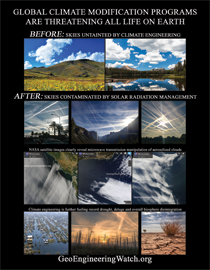
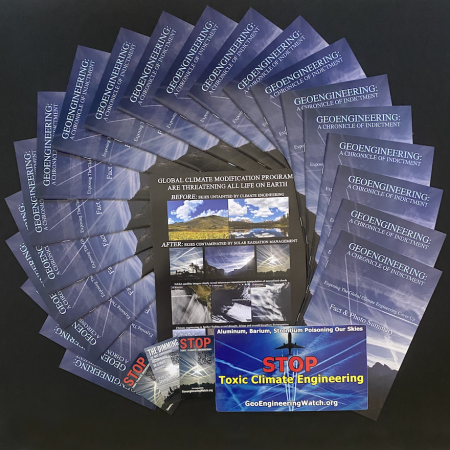










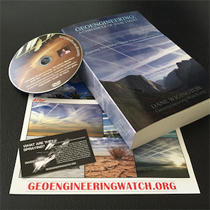

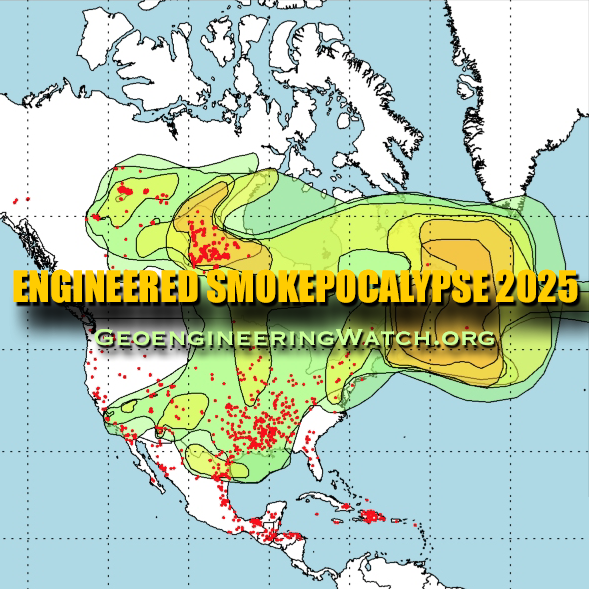

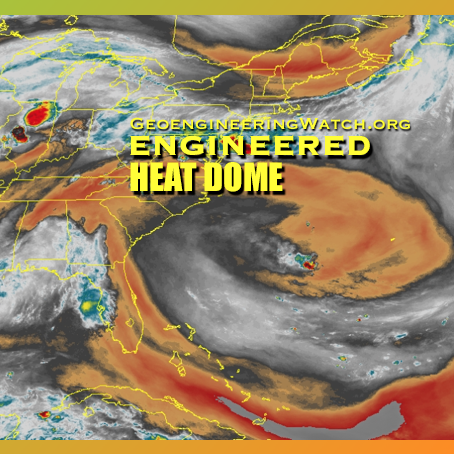
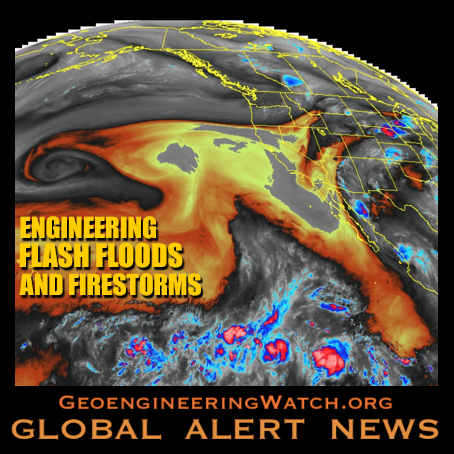
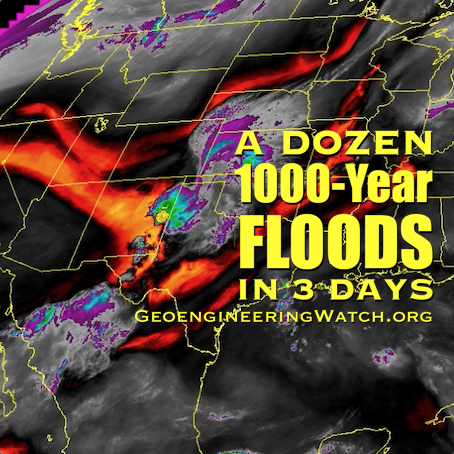

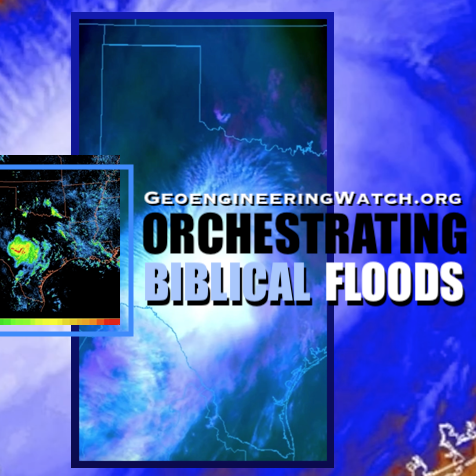
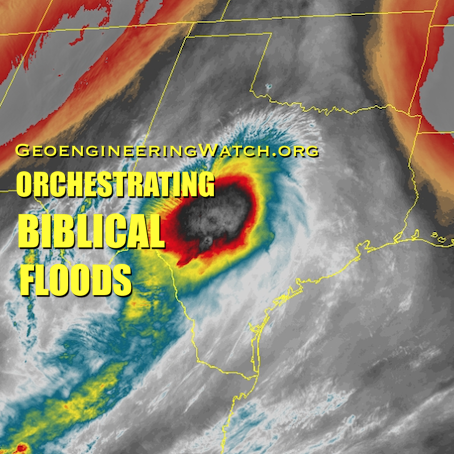


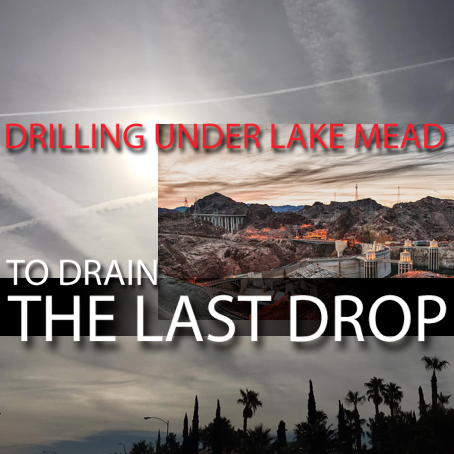







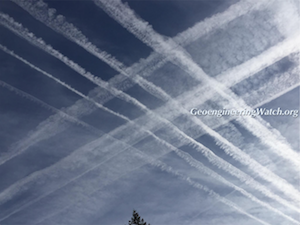
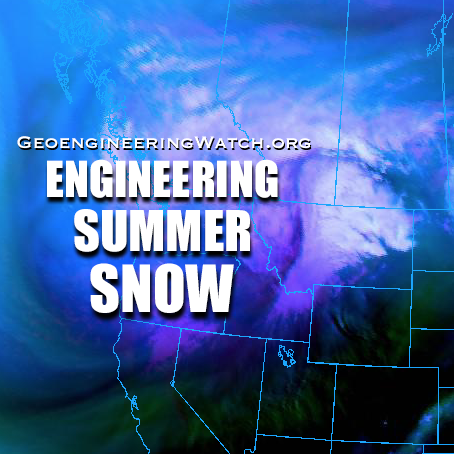
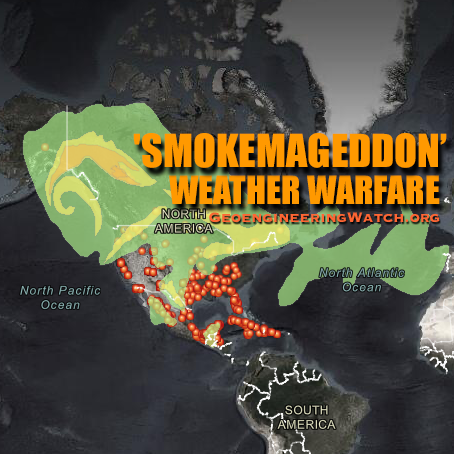
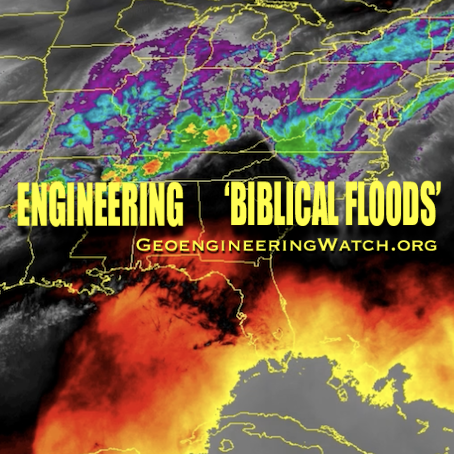


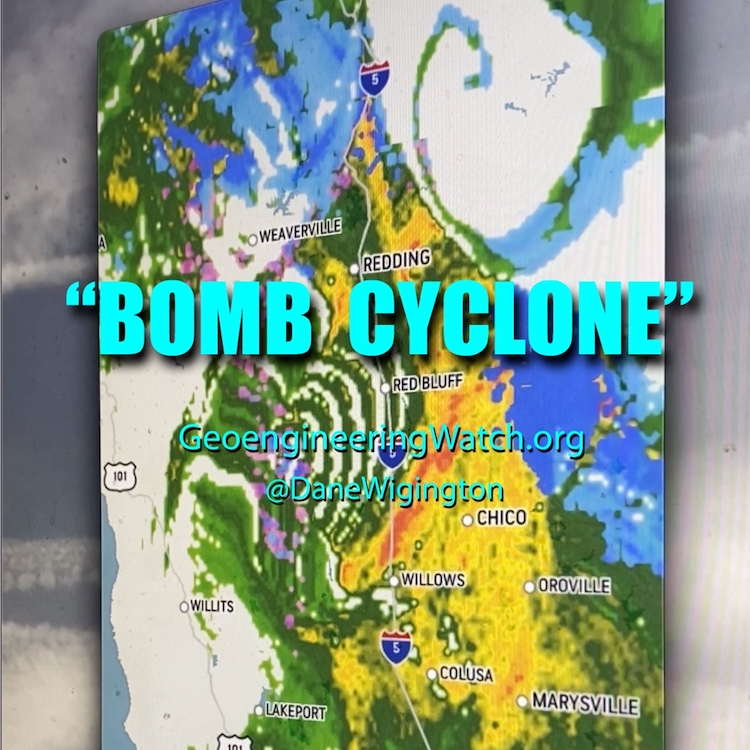
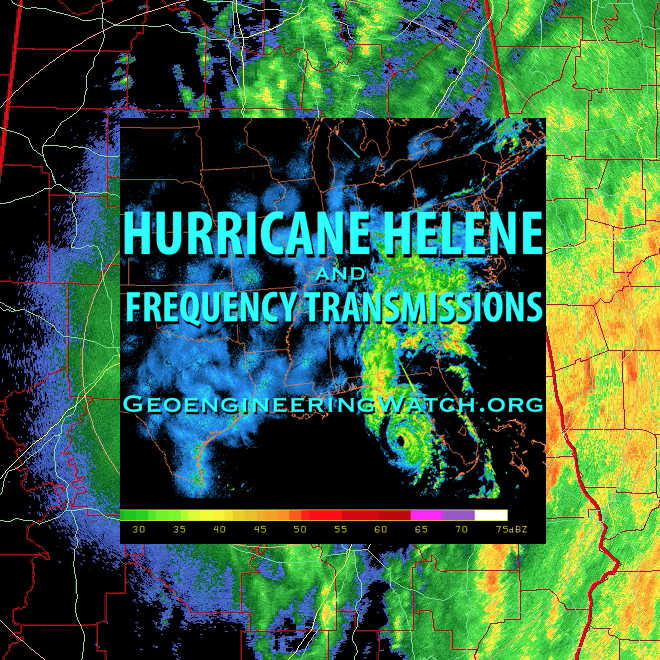



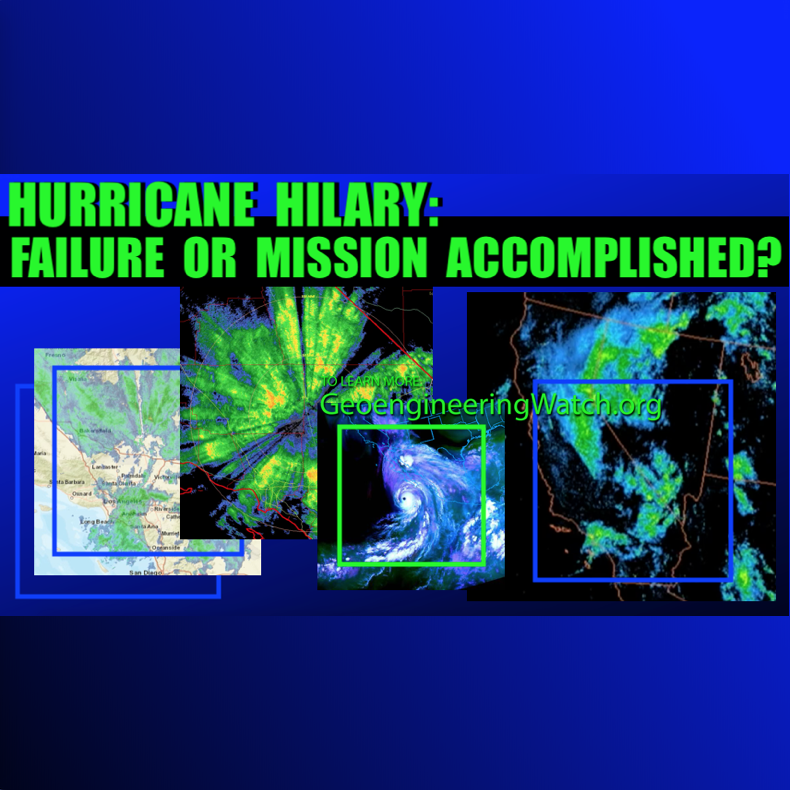









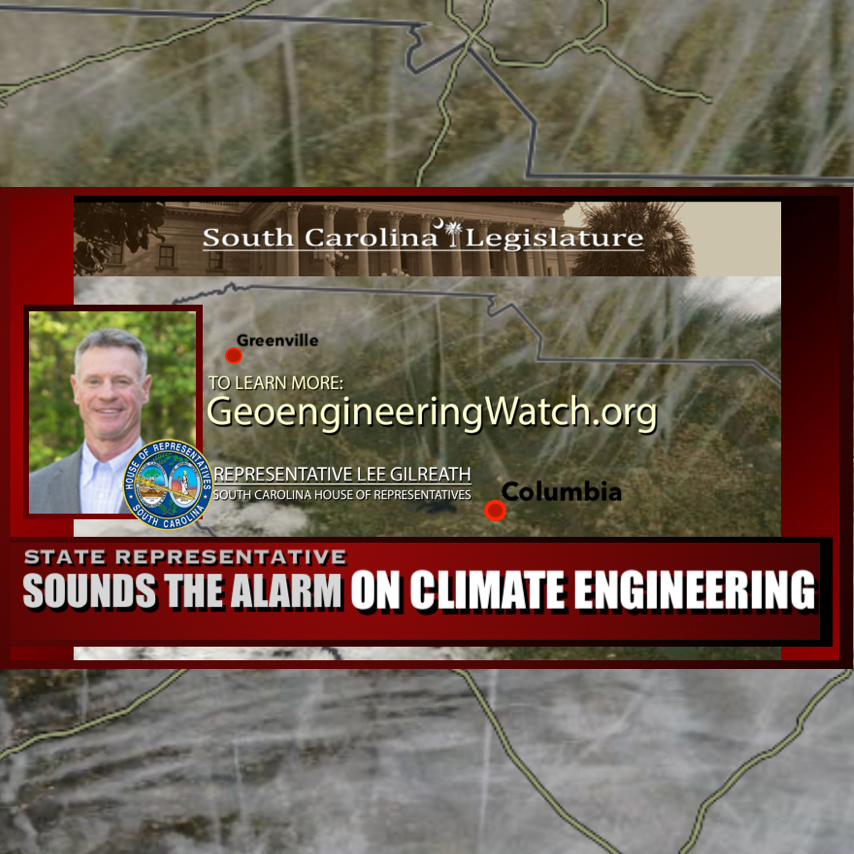
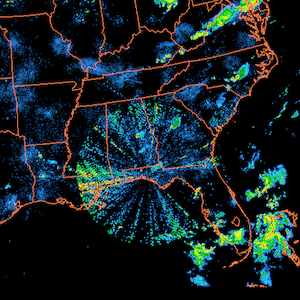












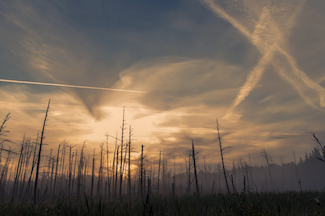




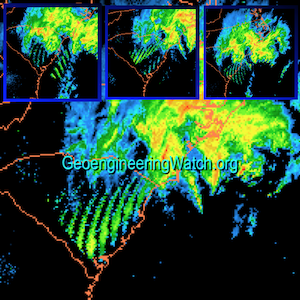










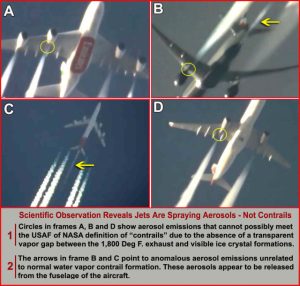
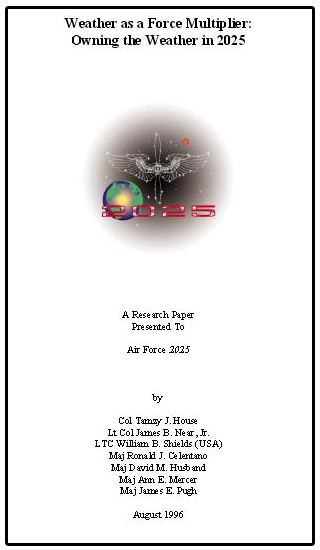
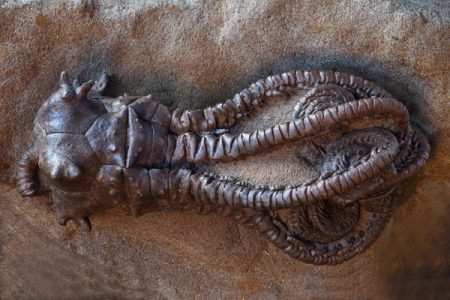
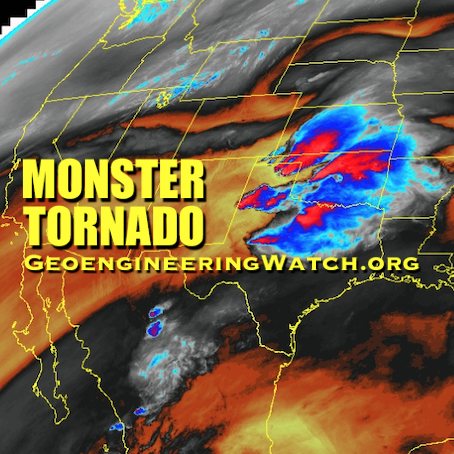
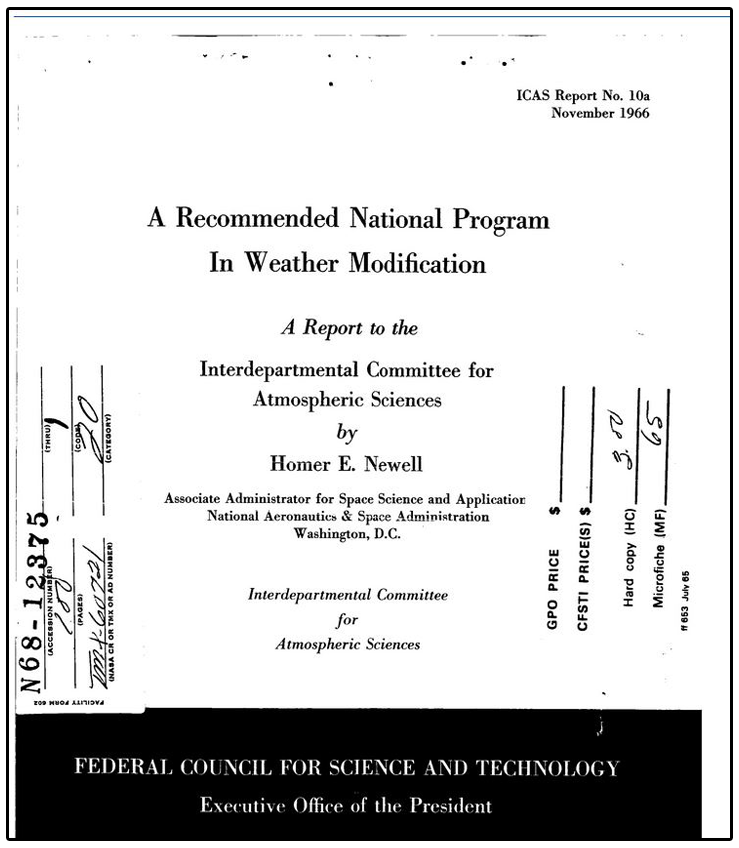

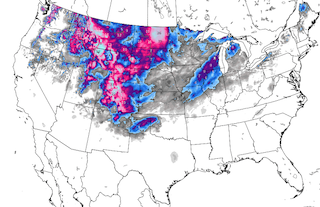

















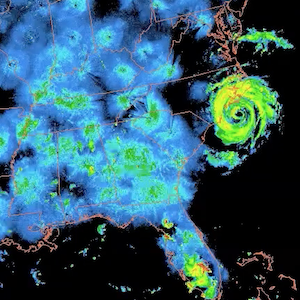













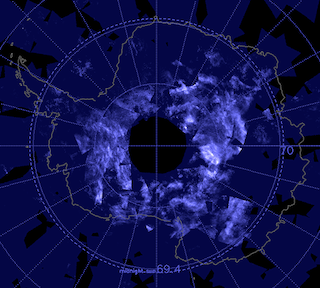









One Response
Well that taught some of us a great deal.